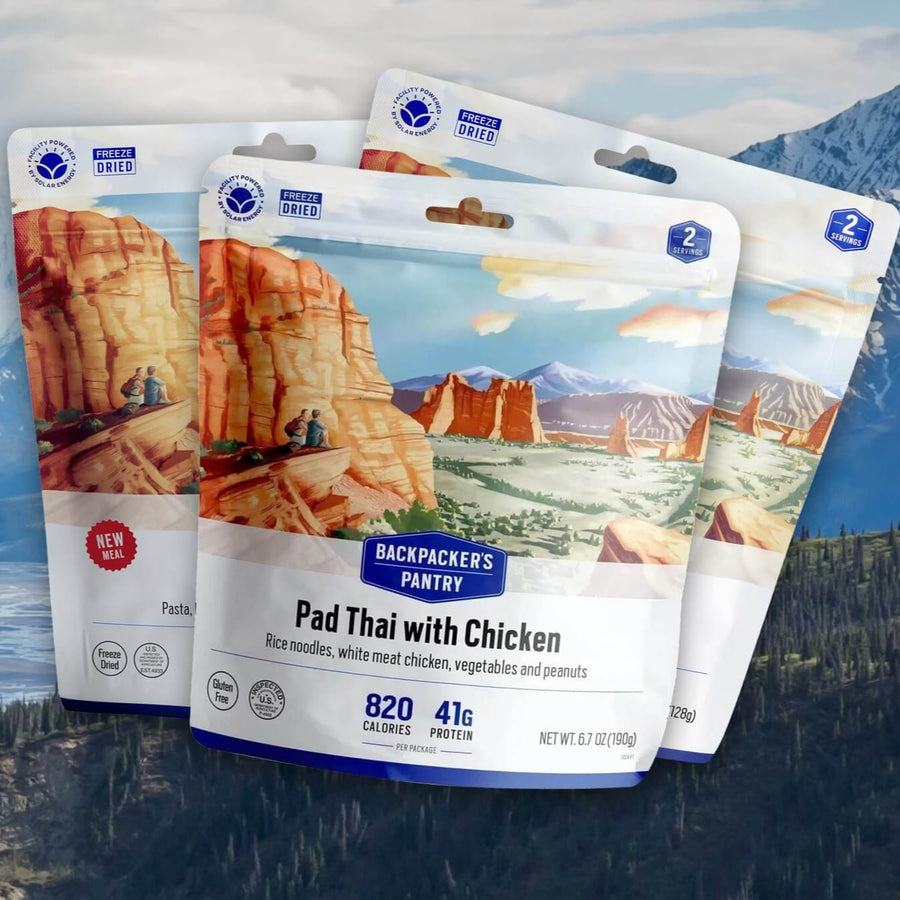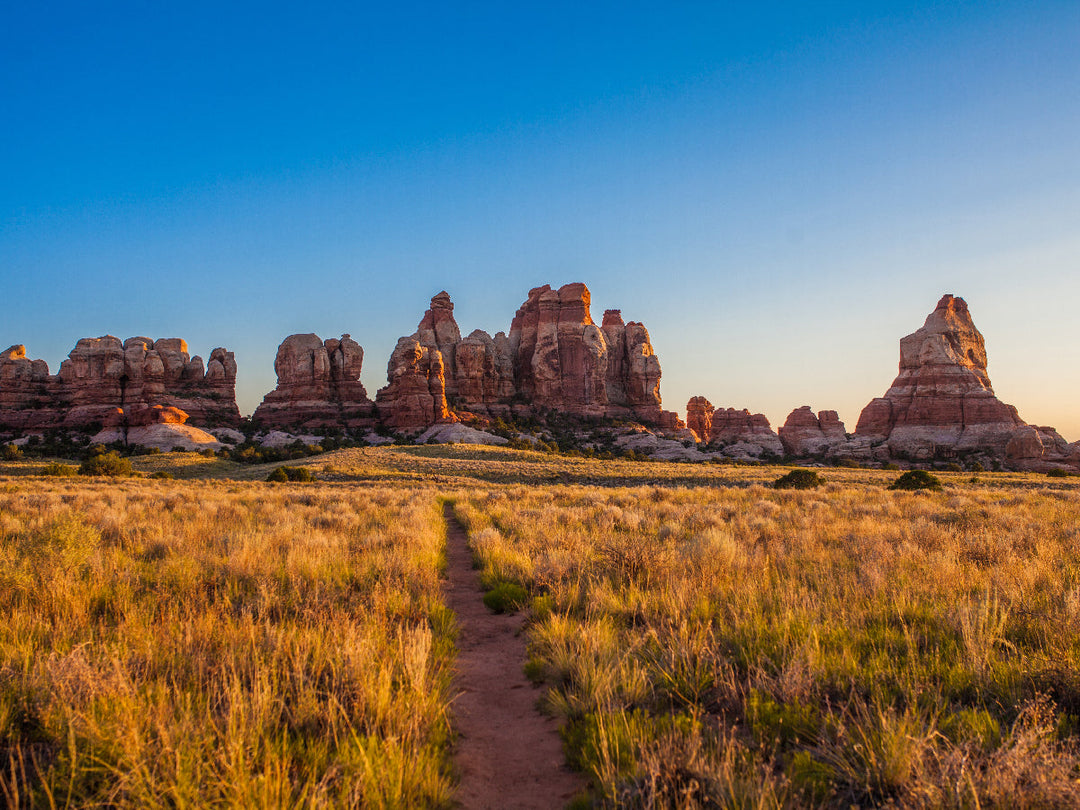How to Save Time & Hike More by Having Dinner on the Trail | Backpacker's Pantry

By Chris Brinlee, Jr.
Last June, my buddy Greg Balkin and I found ourselves flying to Alaska for an impromptu backpacking trip through Denali National Park. Having fit the trip in between our other commitments and obligations, we had a total of six days–including travel time–to squeeze in as much adventure as we possibly could. Fortunately for us, Denali’s vast, trailless wilderness lends itself perfectly to rambling explorers, so with a very loose itinerary we headed into the hills. Our objective: experience as much as possible in 48 hours or less.

Also working in our favor was the season and the park’s longitude: just a couple of weeks after the summer solstice, the Alaskan sun would barely set, providing Greg and I with unlimited daylight by which we could hike.
On the first day, we hiked as far into an expansive valley as our bodies and the dark overcast sky and intermittent rains would allow, stopping atop a large hill (or a small mountain, depending on one’s perspective) to cook dinner (Shepard’s Pie) and set up camp for the night. We awoke the following morning to a blue, cloud-studded sky and sunshine.

Off in the distance; several ridgelines away, was an outcropping of jagged, snow-covered peaks. From our vantage point atop the hill, Greg and I could identify where the terrain changed from foothill to alpine; we were determined to get up in that.We had exactly 24 hours until we had to be back at the park’s visitor center to catch our train out, so we gotta move on it.
It was 6pm by the time we reached a bluff overlooking and connected to that jagged ridge. The two of us hung out for a bit, taking photos and eating snacks; then it was time to GTFO. Alaska’s golden light basked down on us as we made a hurried descent into the alluvial plain below.

At this point, we had two options: set up camp, sleep, and hike out incredibly early the next morning or hike all through the night. Neither Greg nor I had ever experienced twenty-four hours of daylight, so of course we opted for the latter. This left one dilemma: what do we do about dinner?
It was nearly 10pm when we reached the river and I suggested that we have “Dinner on the Trail,” a concept that I had read about in Mike Clelland’s “Ultralight Backpackin’ Tips” and practiced on occasion. The concept is simple.
Traditionally, a backpacker will spend a good deal of time searching for the perfect campsite: one that is flat, removed from the trail, and near (but not too near) a water source–making cooking and cleaning easy. This search, day after day, takes time; time directly translates into miles gained–or lost, depending on how it is used. “Dinner on the Trail” aims to maximize efficiency while hiking–allowing backpackers to log more miles and ultimately experience more of the place that they are exploring.

When one becomes hungry and is ready for dinner, they simply stop, pull-out their cook system, meal, and eating utensil–then boil water, and prepare their meal. With Backpacker’s Pantry’s easy preparation, the whole process should take less than five minutes. Then, while the meal is “cooking” in its ziplock package, one packs up and continues hiking–stopping only when the meal is ready to eat.
After dinner, the backpacker continues hiking until they are ready to stop for the night and camp. In Greg’s and my case, we didn’t stop hiking until we reached the park bus stop at 3am. As we expected, it never got dark, yet there was a certain, magical stillness throughout the night. Ten out of ten, would do again.

Chances are that Chris Brinlee, Jr. wrote this from the road (or on a boat, plane, or train) while traveling around the globe. Wanna see what he’s currently up to? Follow his adventures and stories on Instagram.





